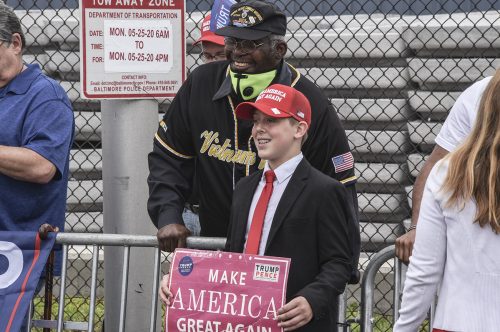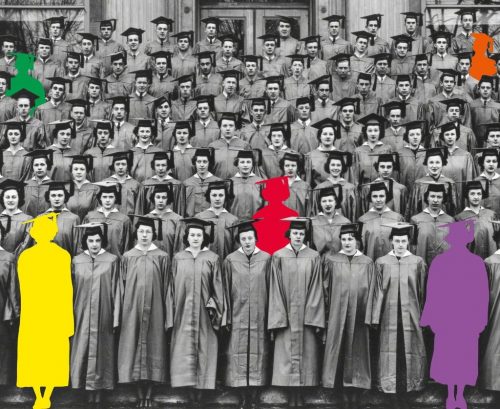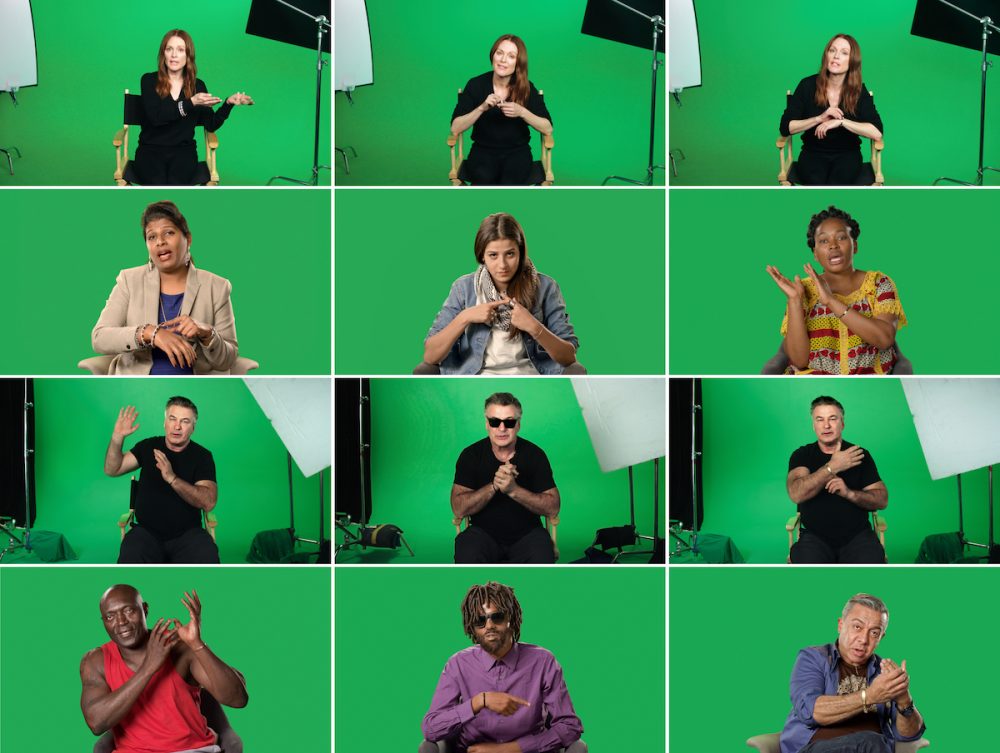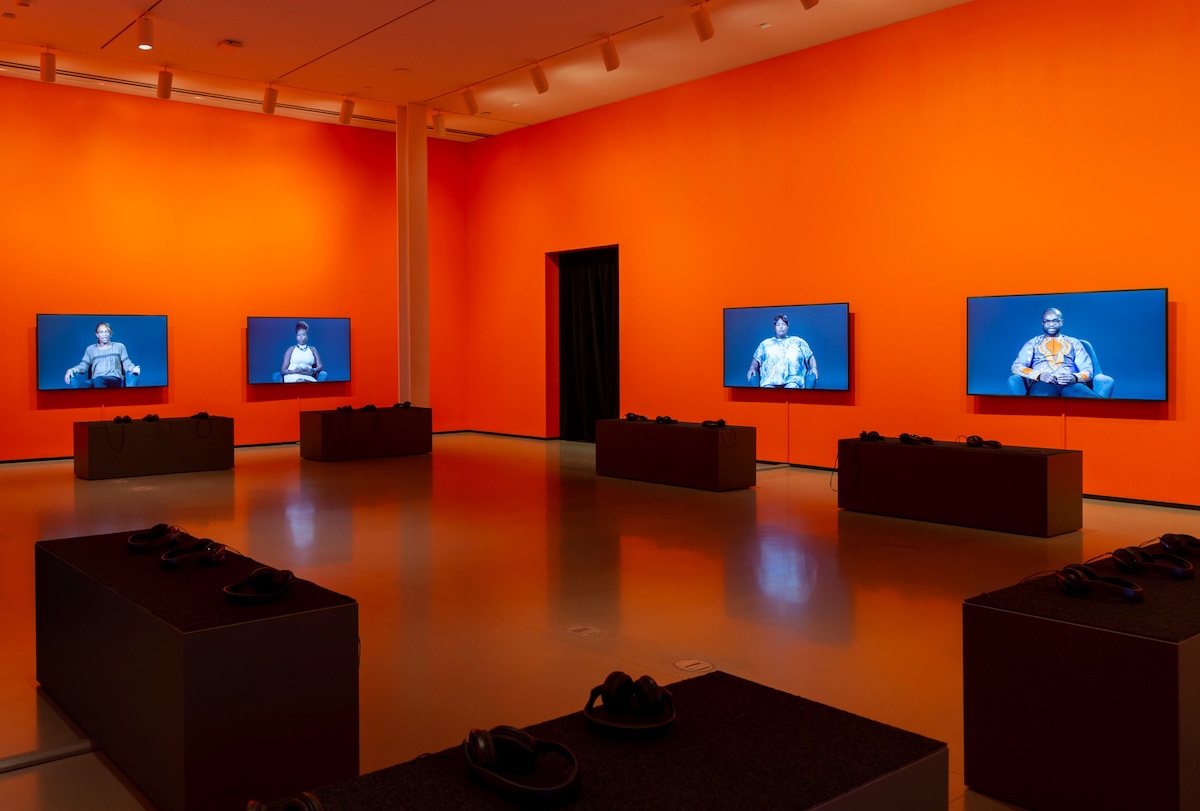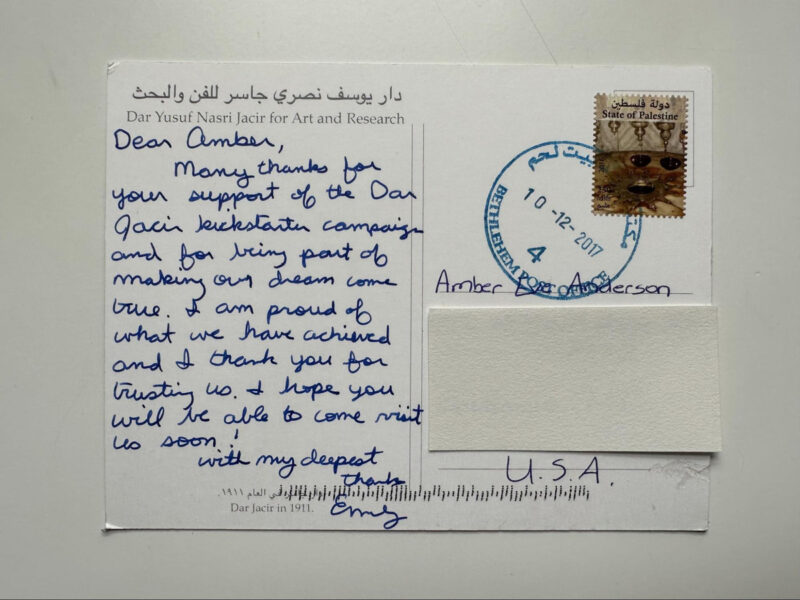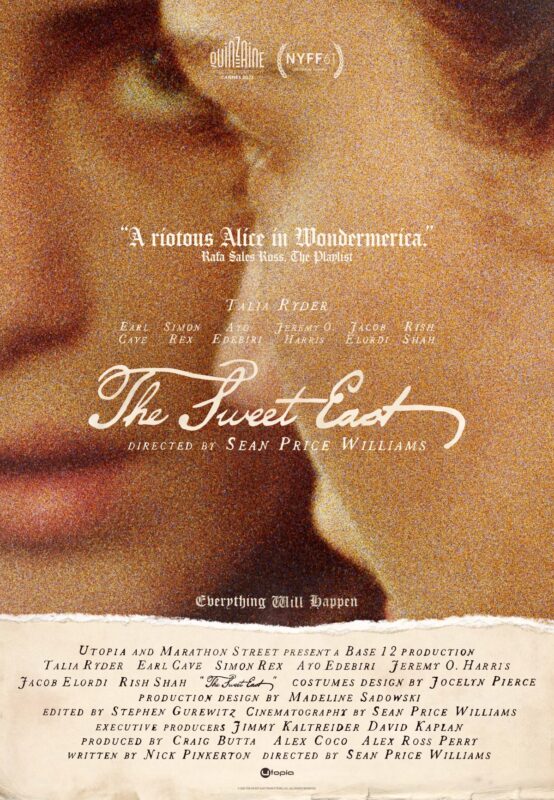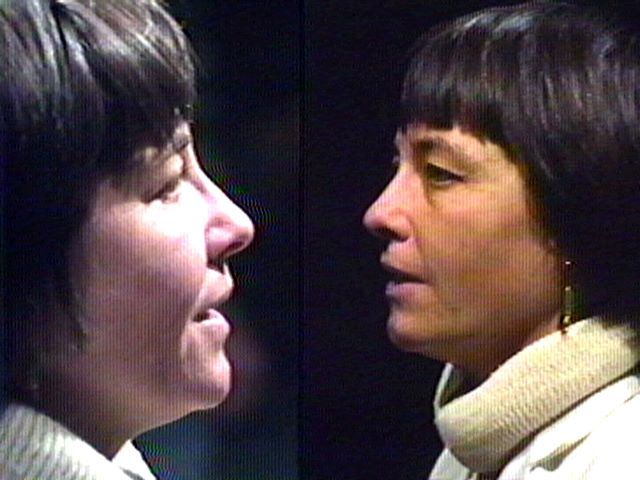With all of us ostensibly inside, talking less or at least talking to fewer people, the appeal of hearing voices that aren’t our own for extended periods of time has taken on a certain restorative luster. I’m comforted by chatty, discursive podcasts such as Wind of Change (about whether or not the CIA wrote Scorpions’ hit “Wind of Change”) and funny and frustrated political podcasts such as Street Fight Radio or Trillbilly Workers’ Party, hours-long riffs on the current state of the world that take the cruel bloviations of talk radio and turn them on their head a little. And what I get out of that is different, more intimate than watching movies or television. But I have also seen some lengthy visual works overloading the viewer with information, telling as much as showing, and talking nonstop. And they suggest that podcasts have maybe messed with filmmaking a little bit.
Psychedelic cartoon The Midnight Gospel popped up on Netflix on April 20, the official unofficial weed-smoking holiday, one day after April 19 (LSD holiday “Bicycle Day”), and right in the middle of what then felt like the pandemic at its most gnarly, deadly, and mysterious. And that all seems appropriate: The show is about drugs and ritual and the incomprehensibility of living and dying, which a mismanaged pandemic sure does put into stark relief.
Using interviews from co-creator Duncan Trussell’s podcast Duncan Trussell Family Hour, The Midnight Gospel transports those heady, honest conversations about mindfulness, death, addiction, harm reduction, and more into a futuristic world inhabited by Clancy (voiced by Trussell), a curious, self-reflective “spacecaster.” With the assistance of his helpful HAL 9000 by way of Wilson from Home Improvement computer, Clancy travels to different planets to interview someone from that planet for his spacecast—which is like a podcast but in space—and it usually happens while they escape some sort of life-or-death situation.
